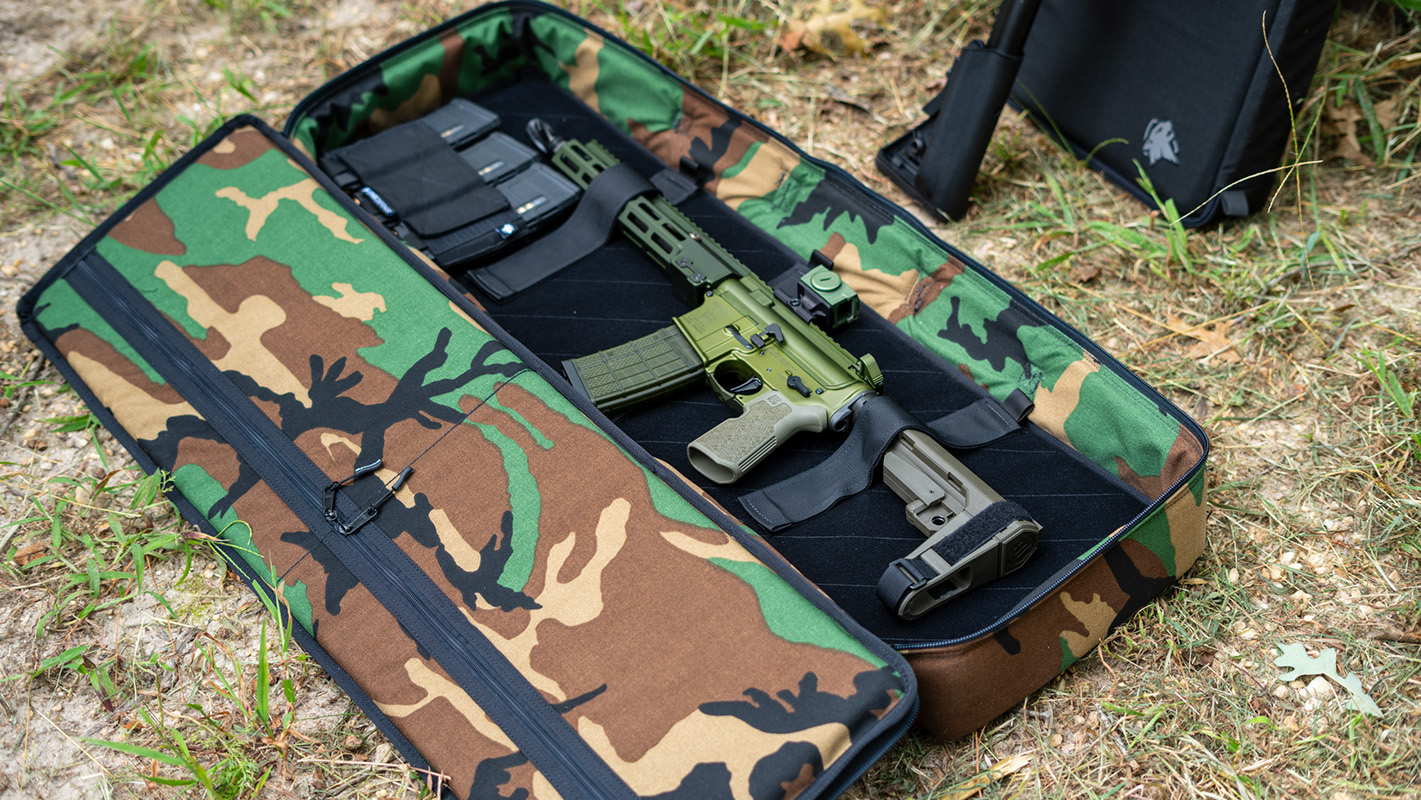
Ready to see what we have coming?
Lynx Defense will release some new things soon. Let us deliver them right to your inbox!

Lynx Defense will release some new things soon. Let us deliver them right to your inbox!
We may earn revenue from product links on this page and participate in affiliate programs. Learn More ›

Trending: Best Body Armor, Best AR-15s, Best Gucci Glock, Best LPVO
A few weeks ago I had the awesome opportunity to tour the ammo manufacturing facility of AAC.
You may or may not be familiar with AAC but it stands for America’s Ammo Company is part of the Palmetto State Armory family of companies.
One of the best things about AAC is that it makes ammo from the ground up, yes, including primers, which were a massive bottleneck during COVID.
However, the greatest thing is that AAC is focused on making ammo for civilians, not militaries and law enforcement.
Their entire operation is built for you, the people.
This article is a typed summary of what we covered during the tour of this ammunition-making facility. But if you’d rather see the video, watch below.
The factory tour was next level awesome and rather hard to summarize, but I’ll do my best to try to condense the process I saw.
Making the brass casing while we were there and they start as a little cup
AAC does almost every part of the bullet manufacturing in-house, including melting the lead ingots to make lead to make bullets.
Each caliber has a slightly different process, and while we got this tour from someone who has been in the ammo manufacturing industry for a very long time, I would be doing a disservice trying to walk you through the exact process, but I will explain what’s going best I can.
The process is very interesting because the casing starts as a small cup and goes through multiple stages of extrusion before they can even start necking the cartridge down.
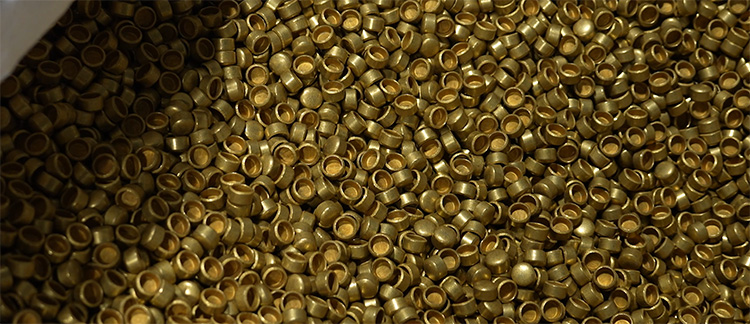
Each round goes through several processes and goes through solution baths to clean the brass after almost every process.
Each round has steps, from creating the primer cavity to punching the hole through the primer cavity to creating the rim and extraction grove, which are all independent processes.
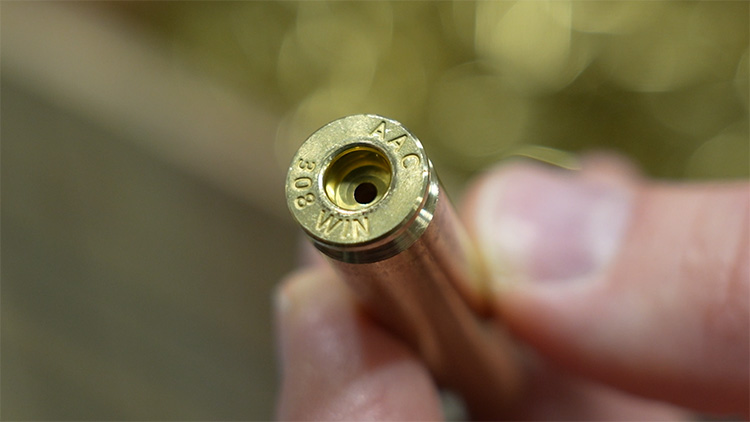
For necked rifle rounds, the neck is heated up and and put through several processes.
The number of checks that were in place after each station was impressive.
During this phase of QC, sample casings are taken from the line and are cut in half, and checked for hardness to ensure quality control in the case manufacturing process. This is done several times during the day, lot switches, and at the start and end of each shift.
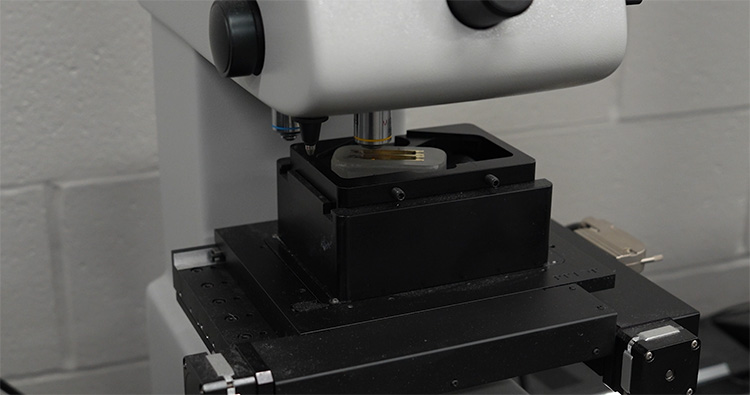
The priming is the next phase once the sample of brass casings pass QC. This is a room all to itself with a ton of machines focused just on this one process.
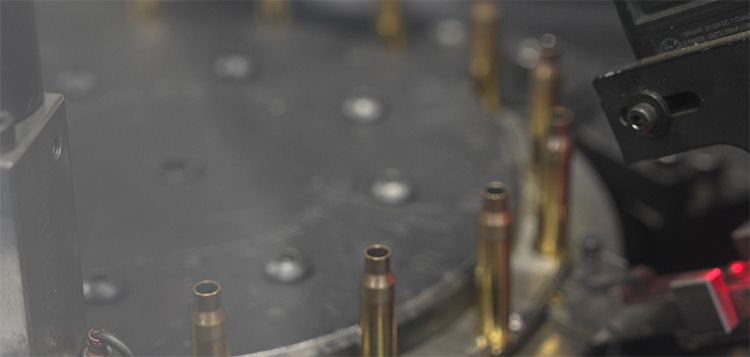
AAC also makes its own FMJ bullets from the lead to the copper jacket; it’s all AAC.
That process starts with a solid piece of raw lead ingot, which is melted, turned into a tumbler, and then extruded into lead coils.
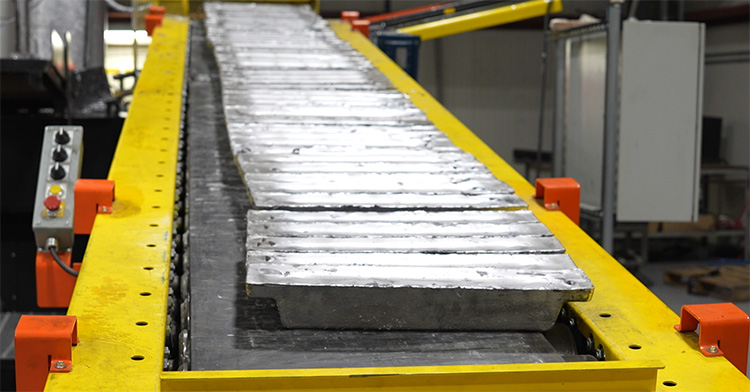
The lead coils are then taken to a machine that cuts them into bullet-size bites so they can be fed into a machine that feeds copper coils, which go through several stages to shape and make the copper jacket around the lead.
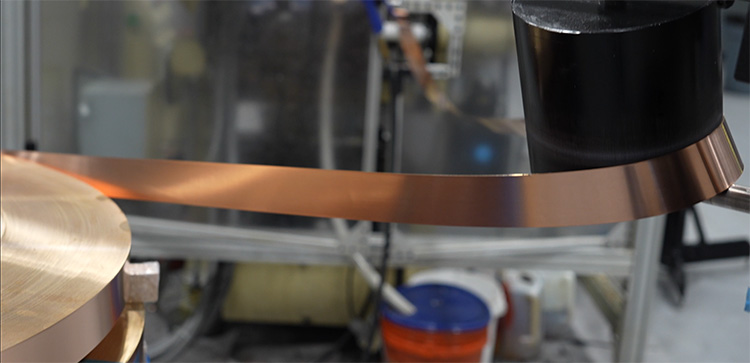
The end result is a completed bullet.
Finally the bullets and casing meet in the final assembly area where the casings, power, and bullet are married together to create a freedom seed

The shaker trays are used to line up and drop the casings into them, and any empty slots must be filled by hand.
It then moves down the line and a press is used to open the mouth of the bullet slightly to assist with powder and bullet insertion in the next stage.
Once the power is loaded in another stage to do a powder check.
Then, the same shaker method is used to load the bullet trays to prepare them for loading into the casing.
Then the bullet tray is pressed and passed on to the crimper to seel the bullet into the casing.
The bullets are then checked with a chamber gauge mold and if anything sticks up the whole lot is rejected.
AAC is a member of SAAMI. If you don’t know what SAAMI is, here is a snippet from their website.
SAAMI was founded in 1926 at the request of the federal government and tasked with creating and publishing industry standards for safety, interchangeability, reliability and quality, coordinating technical data and promoting safe and responsible firearms use.
SAAMI.ORG
Like the other ammo QC processes, they test each batch’s pressure and accuracy.
They have setup test ranges and equipment for pressure and accuracy testing that were large in scale.
While there, they were testing AAC 7.62 Steel case rounds, which I’m very excited about.
Finally, the finished rounds are loaded into bins and scooped into hoppers, which feed them through a conveyor system, preparing them to be loaded into boxes.
The boxes are then loaded into cases, and the cases are pushed to Josiah, the robot, to pick up the case and stack them on a pallet to be moved to fulfillment to be sold.
While this isn’t an exact understanding of the process, the information I learned there gave me a great understanding and respect for what AAC is doing and excited me for what’s to come.
Concealed Carry Insurance
Protect yourself and all those who carry concealed in your house.